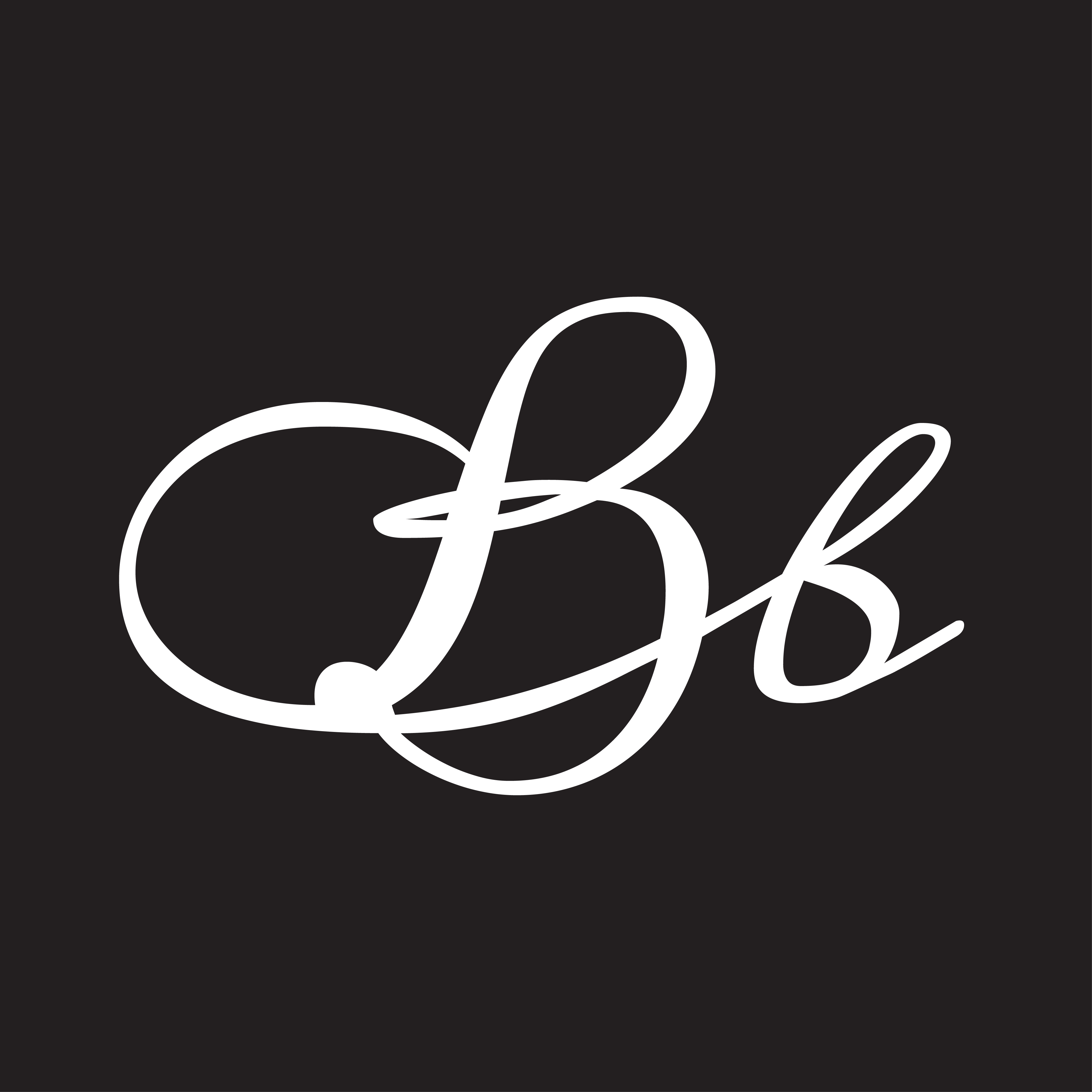Simone Leigh
Simone Leigh is a multidisciplinary artist that includes sculpture, video, performance, public art, and installations in her oeuvre. She describes her subjective work as auto ethnographic, examining assumptions about community, Black women, race, and beauty. Her performance-influence installations and videos create a mix of historical precedent and self-determination. In her video entitled My Dreams, My Works, Must Wait till After Hell, the unidentified black female simply breathes, showing a commitment to suffering in anonymity and silence. Leigh reminds us, “one of the major causes of Black women’s death is obedience.”
In 2014, Leigh created the Free People’s Medical Clinic with the Creative Time Project in Brooklyn at the Stuyvesant Mansion. The mansion was used historically during the Civil War as part of the Underground Railroad, and it housed a secret society of black nurses. The clinic offered both homeopathic and allopathic services, held yoga, nutrition, and massage sessions free of charge. It engaged public health, racial consciousness, and women’s work.
Simone Leigh in Harlem was a public art project made of 3 structures on display in Harlem at Marcus Garvey Park. They represented Imba Yekubikira (kitchen houses) in Zimbabwe. They are arranged in a cluster with no entrances, as they represent displacement. Leigh’s works make relics of Africa-America phantasmagoria. They subvert the notion of craft as not contemporary and show her nomadic approach to artmaking as skillful and powerful.
In 2019, the inaugural High Line Plinth commissioned Leigh to create Brick House which overlooked 10th Avenue for two years. This 16-foot statue represented Black women’s strength, endurance, and integrity. In 2020, Brick House moved to the international exhibition at the 59th Venice Biennale where she won The Golden Lion. Upon winning Leigh said, “And also to now the fourth, fifth generation of Black feminist thought, which is a very polyglot, complicated thing. One thing we all agree on, and the real purpose of Black feminist thought, is our desire to be ourselves and to have control over our own bodies.” To watch Leigh making of Brick House and other art, see the Guggenheim profile here.
Leigh was commissioned to do work for the U.S. pavilion—and was the first African American woman to receive this honor in the 125-year Venice Biennale history. Just as in the 48th Venice Biennale—with Ann Hamilton’s Myein, the Monticello type building was used to discuss racism in America. The first encounter was the transformation of the building itself, whose thatched grass roof offers multiple layers of consideration and speaking to diverse histories. Satellite welcomed those with curiosity and an open mind to another viewpoint on Americans. In the main room, under the oculus, stood Sentinel, which Leigh called a Water Spirit (Mami Wata). As Leigh described her, “A deity who has destructive powers as well as creative-generative ones.” Since the Biennale, Sentinel has moved to the National Gallery of Art in Washington, DC.
The exhibition in Venice was named “Sovereignty”, a name perfect for Leigh and her work about resilient Black Women being “the author of one’s own history.” She foregrounds the Black female experience, often incorporating cultural iconographies such as cowrie shells, plantains, tobacco leaves, and thatch to create environments that reframe stereotypes. In this U.S. Pavilion, we find historical precedent and self-determination commingle.
To see more of Leigh’s work, visit Matthew Marks Gallery in New York. See Leigh’s video, My Dreams, My Works, Must Wait till After Hell here.
PLEASE SEE PORTFOLIO BELOW
















